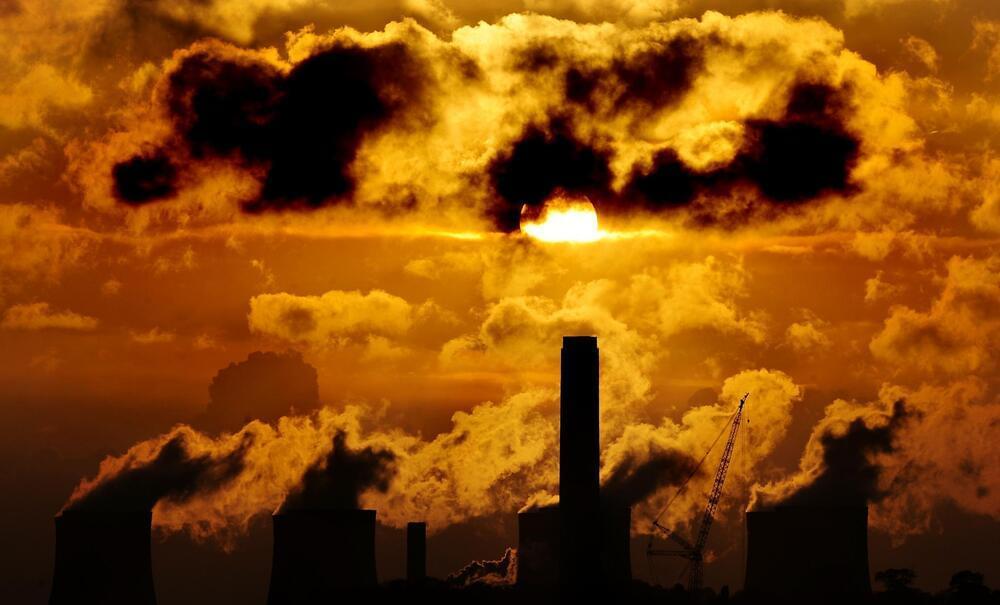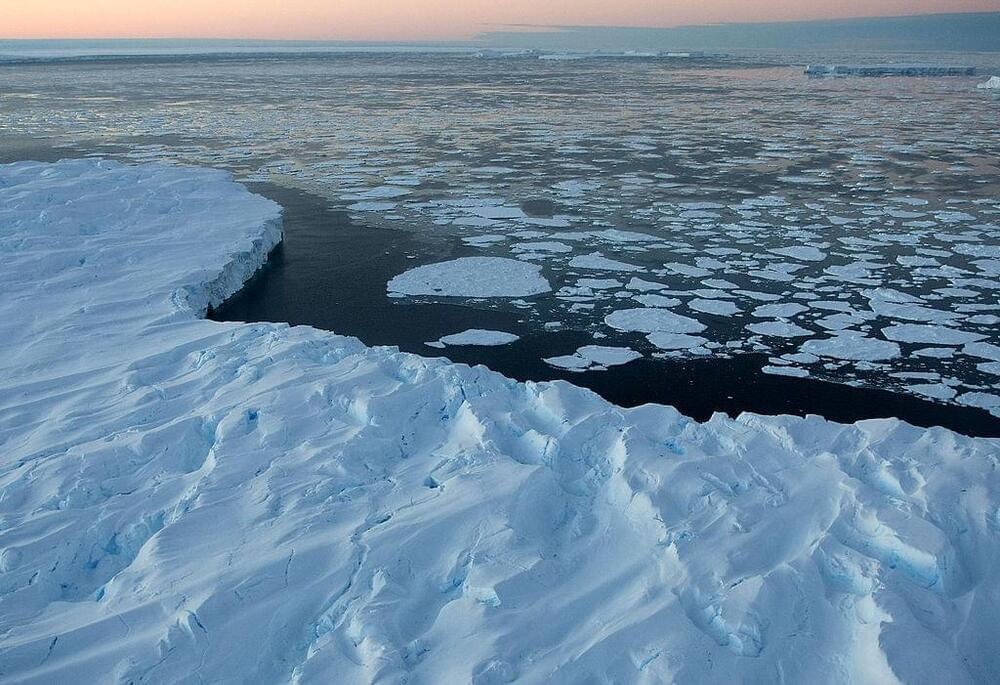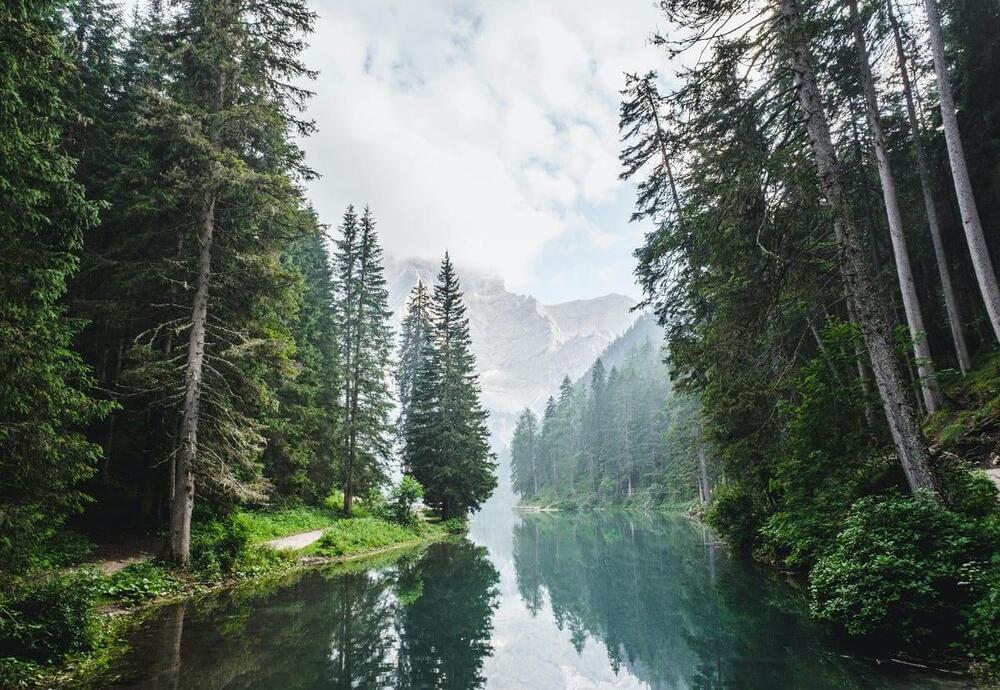Oct 28, 2021
NASA Once Again Chooses SpaceX For New Mission GOES-U
Posted by Kelvin Dafiaghor in categories: climatology, mapping, satellites
NASA Once Again Chooses SpaceX For New Mission GOES-U: GOES-U will provide advanced imagery and atmospheric measurements of Earth’s weather, oceans, and environment, as well as real–time mapping of total lightning activity and improved monitoring of solar activity and space weather.
These satellites will be used by NOAA to forecast potentially hazardous weather and regularly monitor the weather. The weather of a particular region can be seen through the GOES-R series of satellites.
On the website, it says, “The GOES-R Series provides advanced imagery and atmospheric measurements of Earth’s weather, oceans and environment, real-time mapping of total lightning activity, and improved monitoring of solar activity and space weather.”

















